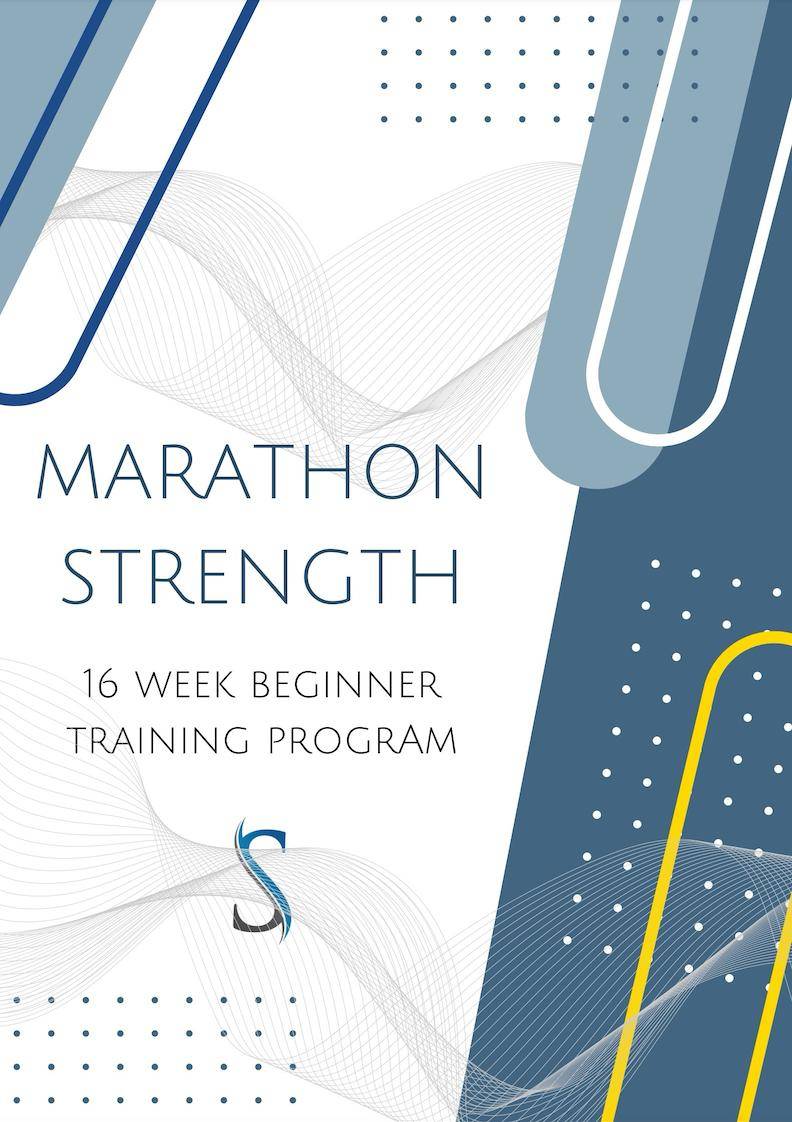
But why are my muscles still so tight?
This might be you, be it your low back, hamstrings, upper traps… You name it, you stretch all the time, but you’re still feeling tight. So what gives? And is stretching really all it’s cracked up to be?
First of all, a true lack of range of motion that causes dysfunction is a good reason to stretch. Maybe your lats are so tight that you can’t nail your streamline when you push off the wall, or your calves are super tight and that’s limiting your ankle mobility so that you are unable to squat to full depth. In both of those cases stretching is likely at least part of the problem, and some static stretching should clear that up.
The American College of Sports Medicine (ACSM) recommends static stretching 10-30 seconds of each major muscle-tendon unit 2-3x/week to maintain normal range of motion and flexibility. But if you find yourself constantly stretching but still feeling tight, stretching may not be the answer for you.
Are your hamstrings and calves constantly tight after longer runs even though you stretch your hips and legs every day? Have you spent time digging at knots in your upper trap and neck and find they just won’t quit?
Muscle soreness can be the result of many things: most often inflammation following overuse, but also dehydration, stress, hypermobility, dietary or mineral imbalances, weakness or neural tension.
Muscles work (contract and relax) in response to messages from your central nervous system via nerves. You have receptors in your muscles and tendons that interpret painful stimuli, physical stretch and tension. Your central nervous system (at the spinal cord level) reacts to these messages (with the muscle action) and your brain interprets these signals after the action – think pulling your hand away from a hot burner, or that weird feeling you get when you miss a step or lift something that you thought was going to be way heavier than it actually was.
And if these muscles are working over time (think your stabilizing muscles in your neck or low back), they will fatigue. Stretching will give them momentary relief, but will not fix the problem if there isn’t a true lack of range of motion present. That dull aching feeling? That’s very literally those fatigued muscles telling you that they need oxygen. Try some specific, targeted strengthening. Strengthening exercises (glute bridges for low back, single leg RDLs (Romanian dead lift) for hamstrings and shrugging for the upper traps and neck) have been found to increase blood flow to muscles, thus relieving that aching feeling.
Glute Bridge
With your feet flat on the floor, draw your abdominals in and lift your hips up off the ground with your goal being to create a straight line from your shoulders to your knees. Squeeze your glutes and hold for a 3-count at the top of your range of motion. Slowly lower. Relax and repeat for 15 repetitions.
Single leg RDL
Plant one foot on the floor, keeping your knee soft (slightly bent). Keeping your abdominals drawn in, hinge forward at your hips, keeping your other (non-stance) leg straight behind you. Squeeze your stance-leg glutes as you return to starting position. Repeat 10 x on each side.
*See below for a modification if balance is an issue
Shrugs
Starting with good posture, shrug your shoulders up toward your ears, hold for 2-count. Then relax your shoulders down, squeezing your shoulder blades down and back (think pulling your right shoulder blade toward your left back pocket and vice-versa for the left). Repeat 10 times.


